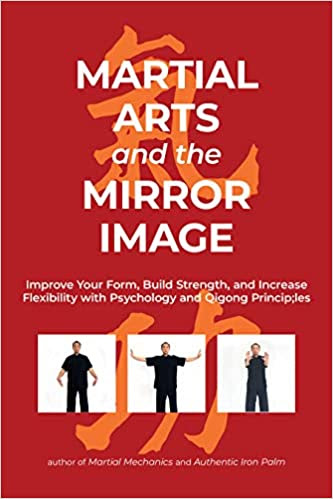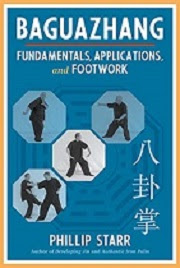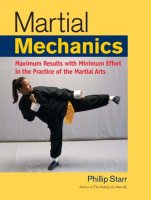REAL TECHNIQUE
By Phillip
Starr
Many years ago, I was most
fortunate in being able to spend some time training under the
legendary karate master, Hidetaka Nishiyama. During that time, I was
witness to his high skill and I realized the meaning of "real
technique."
Master Nishiyama (then about 65 years old) demonstrated a very basic timing exercise. As my friend, Mr. Chris Smaby (who was then a 5th dan and is now an 8th dan), attacked with a punch, Nishiyama sensei would easily slap it away with the palm-heel of one hand a deliver a sharp reverse punch with the other.
The master's punches barely slapped Chris's chest, never even jolting him. They were quick and crisp, perfectly controlled. After perhaps a dozens such exchanges, Nishiyama sensei enjoined us to practice the exercise with a partner.
Later, we headed to the locker room to get dressed and head out to lunch. I noticed Chris's forearms. Every place where the master had slapped his arm (to deflect his thrust), the blood vessels just under the skin had exploded! The skin was not reddened or bruised... but the marks were very clear. Chris quickly removed his jacket and looked at his chest, where Nishiyama sensei had lightly slapped him with his punches. “Oh, my God!”, he said as he examined the spots where the blood vessels had burst just underneath the skin. “Another inch of penetration and my lungs would have exploded!”
This was real
karate technique. There was no visible show of brute force; no
shouting or grunting or “umph”... just a quick, sharp punch. But
each punch had been perfect. His body structure, alignment,
everything had been perfect. He exerted no great amount of force.
He'd simply executed a quick, crisp movement, But it was a perfect
movement. It was then that I truly grasped the essence of a saying in
the (internal) martial arts of China:
“Correct boxing is like taking a walk.
Striking an enemy is like
snapping your fingers.”




















No comments:
Post a Comment